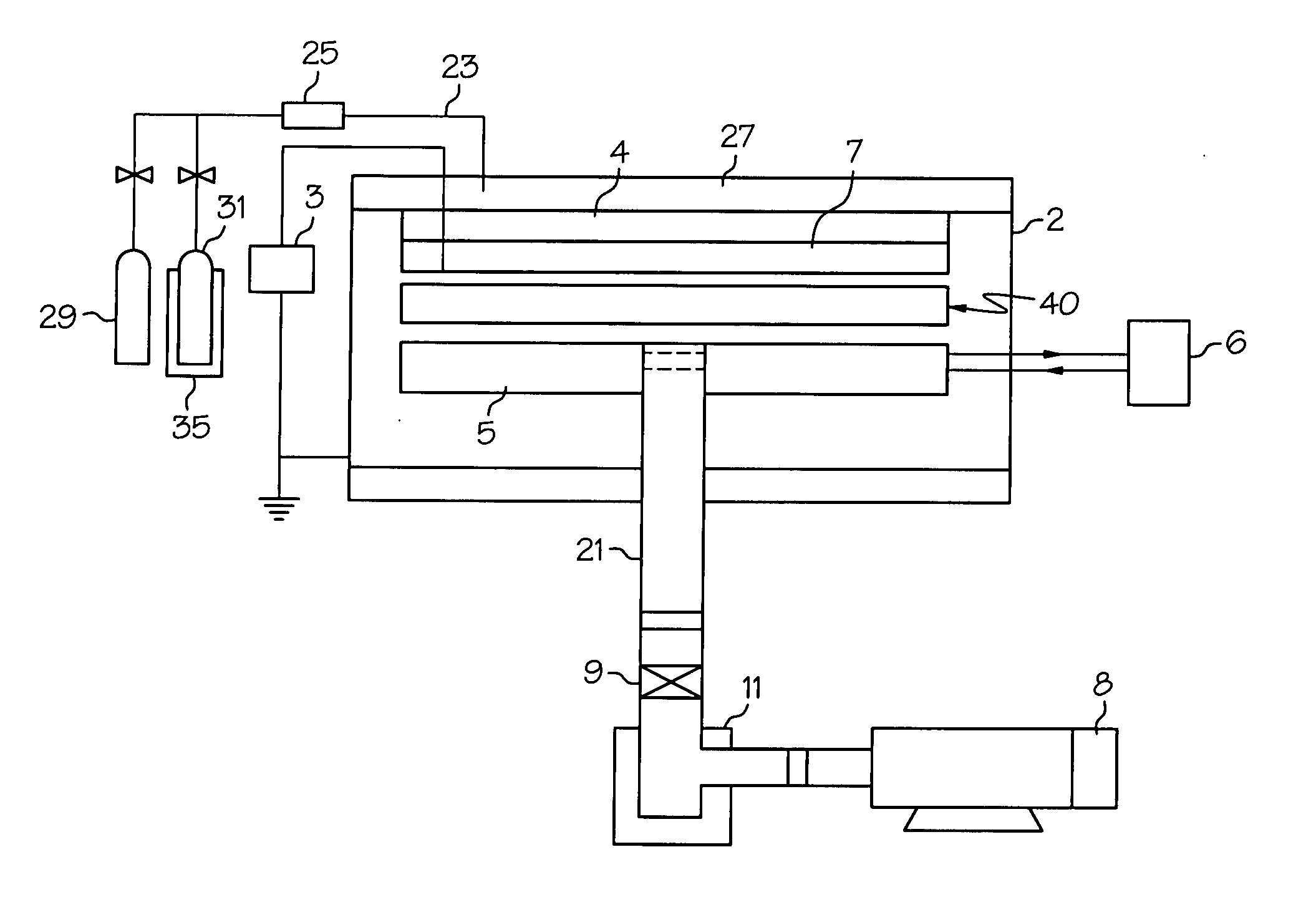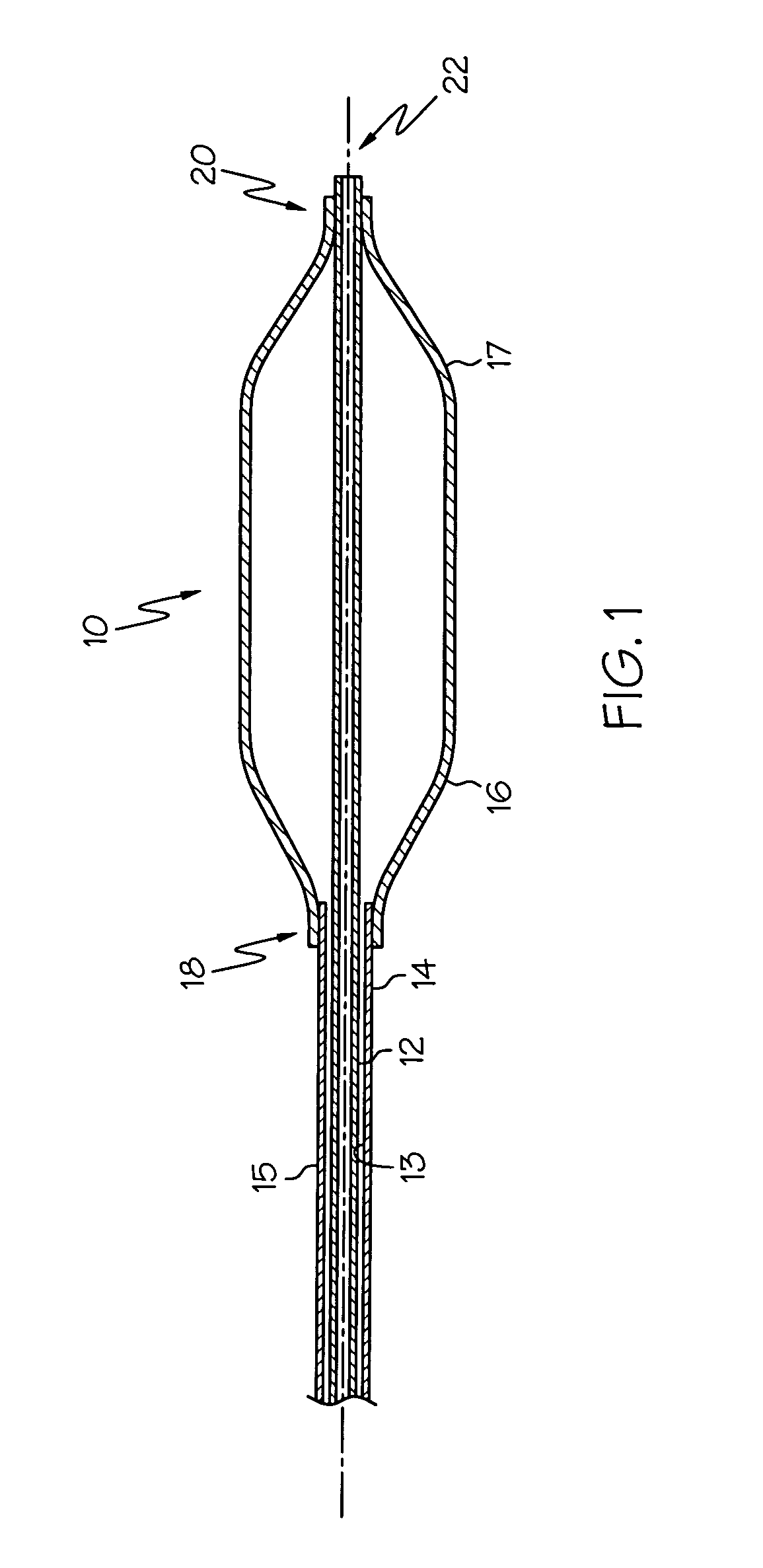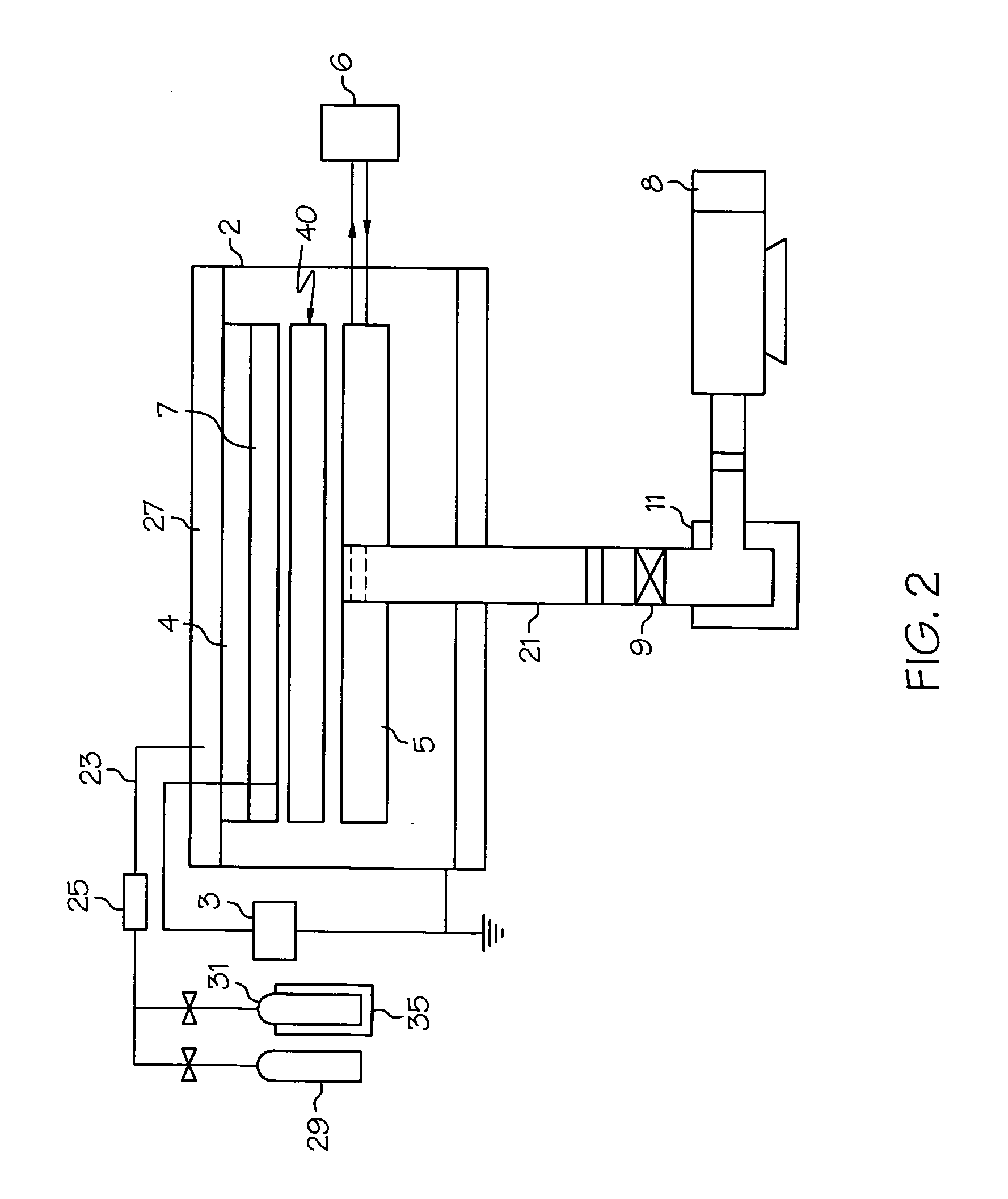Medical devices and processes for preparing same
a technology of medical devices and processes, applied in the field of intraluminal medical devices, can solve the problems of poor adhesion to the catheter shaft surface, decrease manufacturing efficiency, and other polymer adhesion
- Summary
- Abstract
- Description
- Claims
- Application Information
AI Technical Summary
Benefits of technology
Problems solved by technology
Method used
Image
Examples
Embodiment Construction
[0027] While this invention may be embodied in many different forms, there are described in detail herein specific embodiments of the invention. This description is an exemplification of the principles of the invention and is not intended to limit the invention to the particular embodiments illustrated.
[0028] All published documents, including all US patent documents, mentioned anywhere in this application are hereby expressly incorporated herein by reference in their entirety. Any copending patent applications, mentioned anywhere in this application are also hereby expressly incorporated herein by reference in their entirety.
[0029] The present invention relates to medical devices having a surface modified with covalently bonded fluorine. In specific embodiments, the portion of the medical device whose surface is modified with fluorine, is formed from a polymeric composition.
[0030] While the surface of any medical device may be modified using the techniques described herein, the ...
PUM
| Property | Measurement | Unit |
|---|---|---|
| diameters | aaaaa | aaaaa |
| temperature | aaaaa | aaaaa |
| temperature | aaaaa | aaaaa |
Abstract
Description
Claims
Application Information
 Login to View More
Login to View More - R&D
- Intellectual Property
- Life Sciences
- Materials
- Tech Scout
- Unparalleled Data Quality
- Higher Quality Content
- 60% Fewer Hallucinations
Browse by: Latest US Patents, China's latest patents, Technical Efficacy Thesaurus, Application Domain, Technology Topic, Popular Technical Reports.
© 2025 PatSnap. All rights reserved.Legal|Privacy policy|Modern Slavery Act Transparency Statement|Sitemap|About US| Contact US: help@patsnap.com



